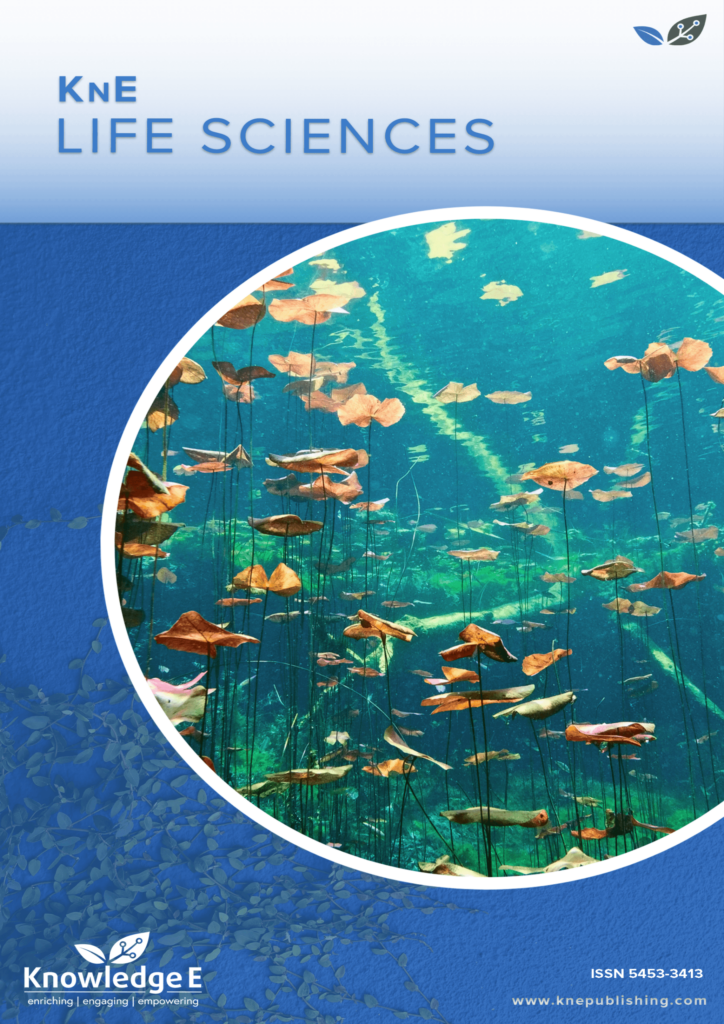
KnE Life Sciences
ISSN: 2413-0877
The latest conference proceedings on life sciences, medicine and pharmacology.
The Rehydration Ability of Whey Ingredients
Published date:Jan 13 2022
Journal Title: KnE Life Sciences
Issue title: 8th Scientific and Practical Conference "Biotechnology: Science and Practice"
Pages:418–423
Authors:
Abstract:
The purpose of this research was to studythe ability of whey protein concentrates (WPC) and whey permeate produced with ultrafiltration of cheese whey to rehydrate. The products studied were cheese whey concentrate witha PDM percentage of 80% (WPC-80), and cheese whey permeate, both produced under the conditions of the PJSC Dairy “Voronezhsky”.WPC-80 and the whey permeate dissolution processes were studied using microscopy. Water-impermeable hydrophobic layers were formed at the boundary, preventing water penetration into dry particles. The result was a higher dissolution timeforWPC-80 compared with whey permeate. When WPC-80 came into contact with water,it initially formed an obtuse wetting angle with a slow change over time. Whey permeate reached the equilibrium wetting angle more quickly. Quickreconditioning of WPC moisture content required avoiding capillary penetration of water, which created a turbulent liquid flow. The application of these ingredients in different food industry areas can reduce the costs for finished products, contribute to cost-effectiveness, increase the total production, and reduce environmental risks.
Keywords: whey protein concentrate, whey permeate powder, water-wetting, dissolution
References:
[1] Bogdanova EV, Melnikova EI, Koshevarova IB.The research of the types of moisture bonds in protein-carbohydrate concentrates of cheese whey.PeriodicoTcheQuimica. 2020;17(34):33-44.
[2] Tyopel A. Chemistry and physics of milk. Saint-Petersburg:Professiya; 2012.
[3] O’Mahony J, Fox P. (2013). Advanced dairy chemistry. USA, New York, Plenum. Publishers; 2013.
[4] Fox PF, McSweeney PLH, editors. Milk proteins: Introduction and historical aspects. Encyclopedia of Dairy Sciences, Second Edition, 2011. San Diego: Academic Press.
[5] Božanic, R. & Barukcic, Irena & Lisak Jakopovic, Katarina & Tratnik, Ljubica. Possibilities of whey utilisation. Austin Journal of Nutrition and Food Sciences. 2014;2(7):1036-1036.
[6] Królczyk, Jolanta & Dawidziuk, Tomasz & Janiszewska-Turak, Emilia & Solowiej, Bartosz. Use of whey and whey preparations in the food industry – A review.Polish Journal of Food and Nutrition Sciences. 2016;66(3):157-165.
[7] HuppertzT, GaziI.Lactose in dairy ingredients: Effect on processing and storage stability.Journal of Dairy Science. 2016;99(8):6842–6851.
[8] Ji, Junfu & Fitzpatrick, John & Cronin, Kevin & Maguire, Pierce & Zhang, Hongzhou & Miao, Song. Rehydration behaviours of high protein dairy powders: The in?uence of agglomeration on wettability, dispersibility and solubility.Food Hydrocolloids. 2016;58:194-203..
[9] Crowley, Shane & Desautel, Benjamin & Gazi, Inge & Kelly, Alan & Huppertz, Thom & O’Mahony, James. Rehydration characteristics of milk protein concentrate powders. Journal of Food Engineering. 2015;149:105-113.
[10] Ji, Junfu & Fitzpatrick, John & Cronin, Kevin & Crean, Abina & Miao, Song. Assessment of measurement characteristics for rehydration of milk protein based. powders. FoodHydrocolloids. 2016;54(A):151-161.